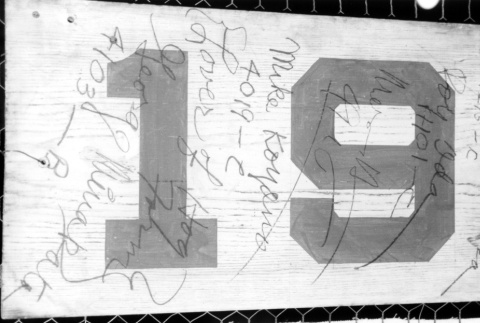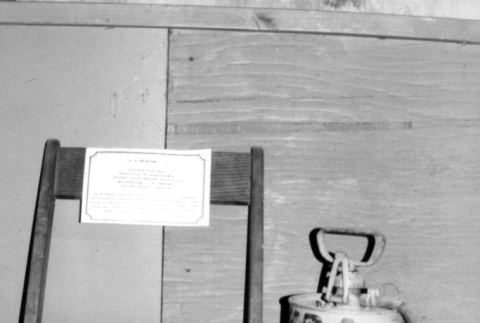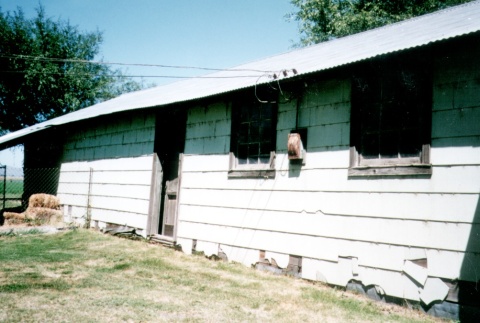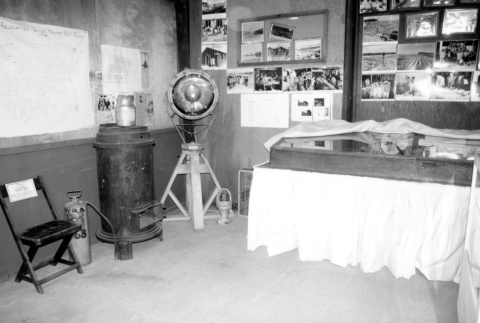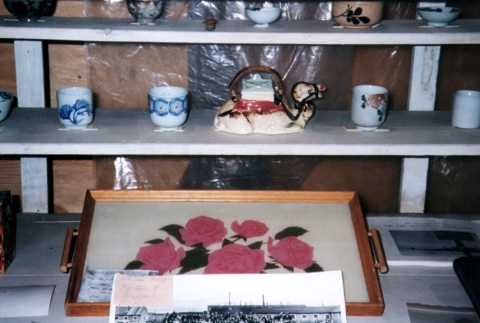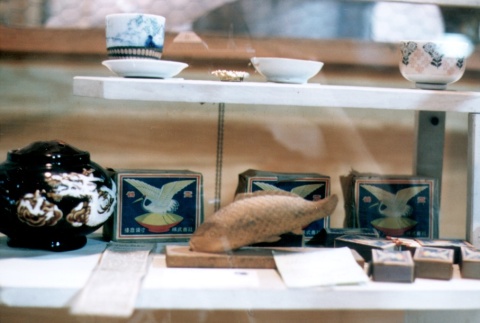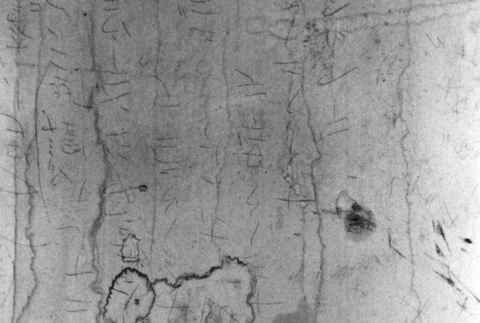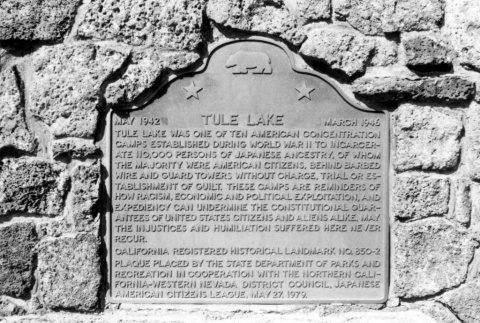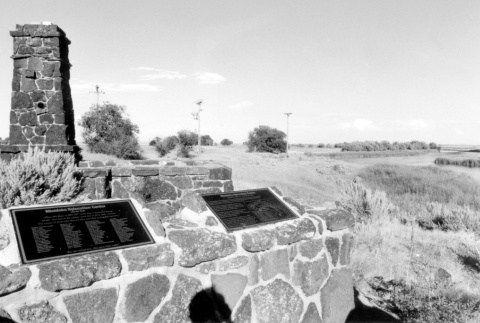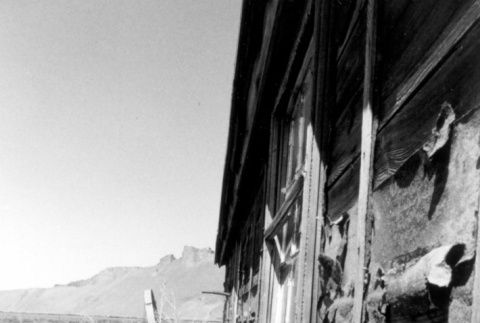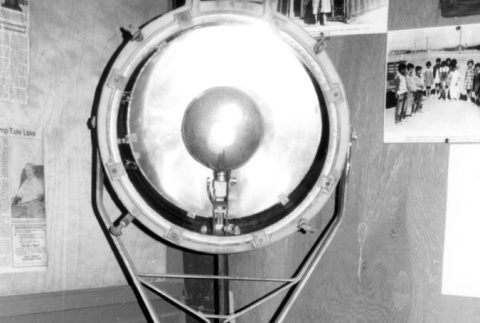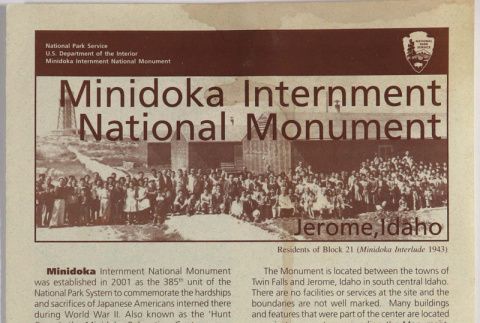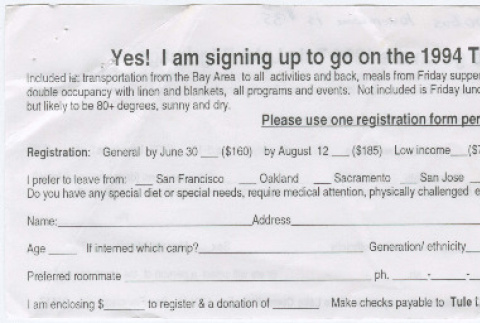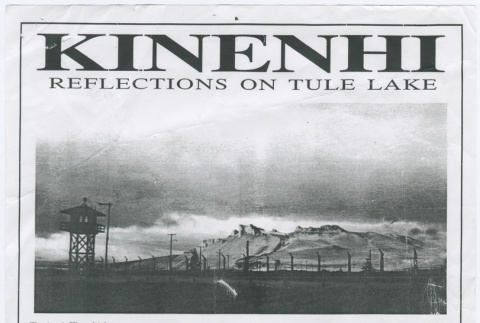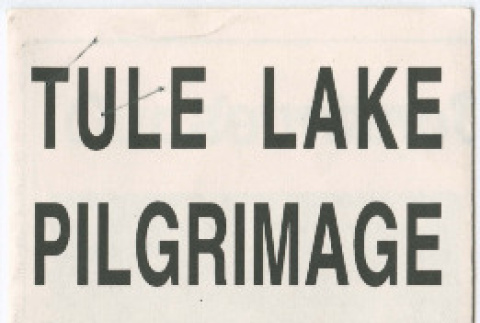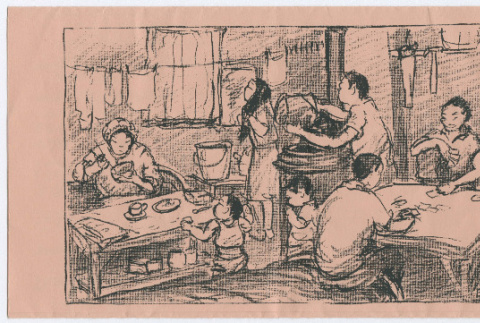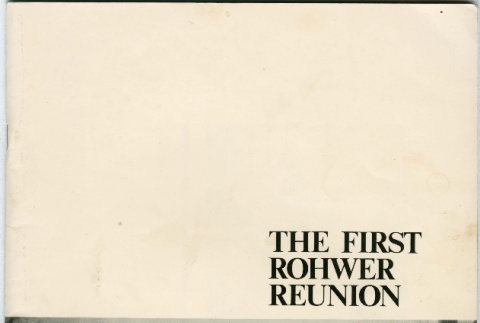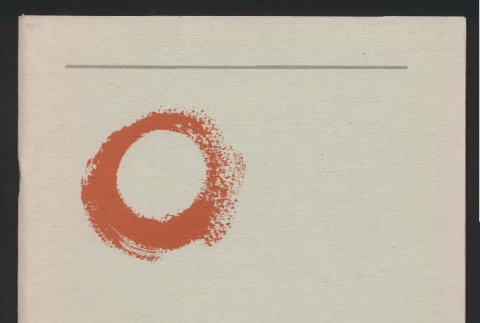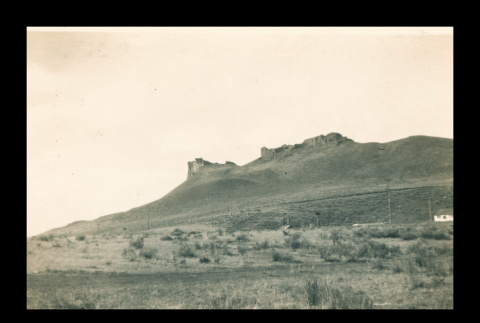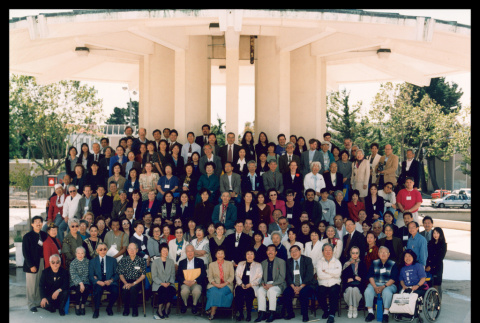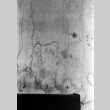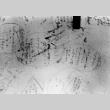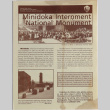Camp pilgrimages
Annual pilgrimages to the sites of former camps have become important events in the Japanese American community. They are an opportunity for former camp inmates to visit places that dramatically affected their lives, as well as a way for younger generations to learn the history of the Japanese American incarceration. Often the pilgrimages last for a few days and include workshops, tours of the former campsites, and memorial services to honor those who died while incarcerated.
Reflections on the past
(815)
Camp pilgrimages
(294)
Related articles from the
Densho Encyclopedia :
Camp pilgrimages,
Sue Kunitomi Embrey,
Warren Furutani
294 items
294 items

img
Board with apartment number (?) (ddr-densho-35-23)
The Tule Lake Museum, located on the town's fairgrounds, contains a display of artifacts from the Tule Lake concentration camp. This wooden marker is from a barracks apartment.
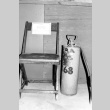
img
Artifacts (ddr-densho-35-24)
The Tule Lake Museum, located on the local fairgrounds, houses a display of artifacts from the Tule Lake concentration camp. The chair was probably handcrafted by a camp inmate.
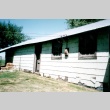
img
Exterior of barracks (ddr-densho-35-43)
Local farmers currently own several barracks from the Tule Lake concentration camp. Some barracks have been made into homes, while others, like the one shown here, have been converted into storage areas.
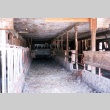
img
Current view of barn on former Issei dairy farm (ddr-densho-35-45)
This is the interior of a barn on a large dairy farm operated by an Issei couple in a town formerly known as Days, Washington. Days, Washington no longer exists. This site is currently near the town of Arlington in Snohomish County.
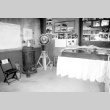
img
Artifacts (ddr-densho-35-22)
The Tule Lake Museum is located on the local fairgrounds and contains a display of artifacts from the Tule Lake concentration camp. The large searchlight is from a camp guard tower. Coal-burning stoves such as this one, presumably from barracks apartment, were the main source of heat for the Japanese Americans. To the left of the …
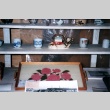
img
Artifacts (ddr-densho-35-40)
The Tule Lake Museum, located on the local fairgrounds, houses a display of artifacts from the Tule Lake concentration camp. Shown here are a variety of tea and sake cups, a teapot, and a bunka (Japanese embroidery) picture. The photo below is a panoramic view of the camp.
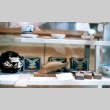
img
Artifacts (ddr-densho-35-41)
The Tule Lake Museum, located on the local fairgrounds, houses a display of artifacts that belonged to Japanese Americans from the Tule Lake concentration camp.
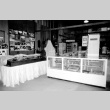
img
Artifacts (ddr-densho-35-21)
The Tule Lake Museum is located on the Tule Lake Fairgrounds and houses a display of artifacts from the Tule Lake concentration camp. This is a view of the Tule Lake concentration camp exhibit. The cases primarily contain pottery and artwork that belonged to the camp inmates.
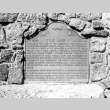
img
Memorial plaque (ddr-densho-35-1)
This plaque is part of a monument erected in 1979 by the JACL and California State Department of Parks and Recreation to commemorate the Tule Lake concentration camp.
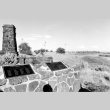
img
Current view of the Minidoka concentration camp (ddr-densho-35-31)
Remains of the Minidoka concentration camp. According to a former camp inmate, the chimney was part of a waiting room for camp visitors. The irrigation canal on the right is where Japanese Americans used to swim.
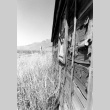
img
Barracks and Castle Rock (ddr-densho-35-44)
A rock formation that the camp inmates called "Castle Rock" can be seen in the background. After obtaining permission to go through the gates, Japanese Americans could climb to the top of the formation.

img
Artifacts, Tule Lake concentration camp (ddr-densho-35-39)
The Tule Lake Museum displays artifacts from the Tule Lake concentration camp. The teapot, tea cups, and sake cups belonged to the camp inmates.
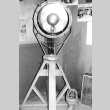
img
Guard tower searchlight (ddr-densho-35-26)
The Tule Lake Museum, located on the town's fairgrounds, displays artifacts from the Tule Lake concentration camp. Shown here is a searchlight from a guard tower.

doc
Tule Lake Pilgrimage sign up form (ddr-densho-365-9)
This blank sign up form for the 1994 Tule Lake Pilgrimage lays out the price tiers for the trip, including handwritten notes on prices excluding the bus portion of the trip.
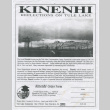
doc
Kinenhi: Reflections on Tule Lake (ddr-densho-365-10)
This advertisement with an attached order form features the book entitled Kinenhi: Reflections on Tule Lake. The book was inspired by pilgrimages to Tule Lake and features interviews with internees.
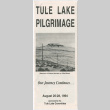
doc
Tule Lake Pilgrimage (ddr-densho-365-8)
This pamphlet briefly describes the circumstances leading to the creation of the Tule Lake Relocation and Segregation Center, and follows up with a statement concerning the importance of the Tule Lake Pilgrimage in the healing process for Japanese Americans. The right-hand fold out includes an itinerary for the 1994 Tule Lake Pilgrimage.
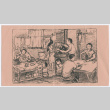
doc
Through the Windows at Tule Lake (ddr-densho-365-7)
Through the Windows at Tule Lake was an event consisting of performances and readings during the 1994 Tule Lake Pilgrimage. Performers included Barbara Muramoto, the Shizen Youth Dance Theatre, Bill Marutani, Aya Ogawa, and David Hirota. The event focused on experiences at Tule Lake across generations, including for young people interned in the camp. The program …
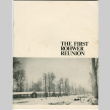
doc
The First Rohwer Reunion (ddr-densho-379-402)
Program from the First Rohwer Reunion held on July 20 & 21, 1990 at Stouffer Concourse Hotel, Los Angeles, California.
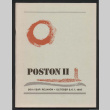
doc
Poston II: 50 year reunion, October 5, 6, 7, 1992 (ddr-csujad-55-2690)
Pamphlet of Poston II reunion. Provides memories and photographs during incarceration at Poston camp. Dedicated the Poston memorial monument to reaffirm their conviction and to ensure that the constitutional right of all Americans is very sacred and the tragic events of 1942-1945 will never again be repeated. See this object in the California State Universities Japanese …

img
Mountain south of Tule Lake (ddr-csujad-55-1595)
Color photograph depicting the mountains (most likely Castle Rock) south of Tule Lake incarceration camp. See this object in the California State Universities Japanese American Digitization project site: sac_jaac_1597

doc
Tule Lake (ddr-csujad-55-2705)
The pamphlet includes a brief description of Tule Lake camp and the program for Tule Lake plaque dedication ceremony held on May 27, 1979. See this object in the California State Universities Japanese American Digitization project site: sac_jaac_2869
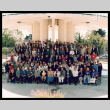
img
Tule Lake Pilgrimage attendees from Sacramento (ddr-csujad-55-1591)
Color photograph depicting a group of attendees of a pilgrimage to Tule Lake camp. See this object in the California State Universities Japanese American Digitization project site: sac_jaac_1593
